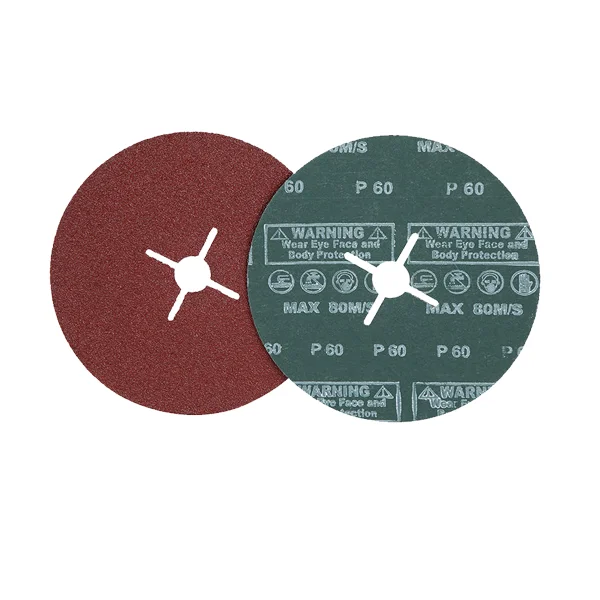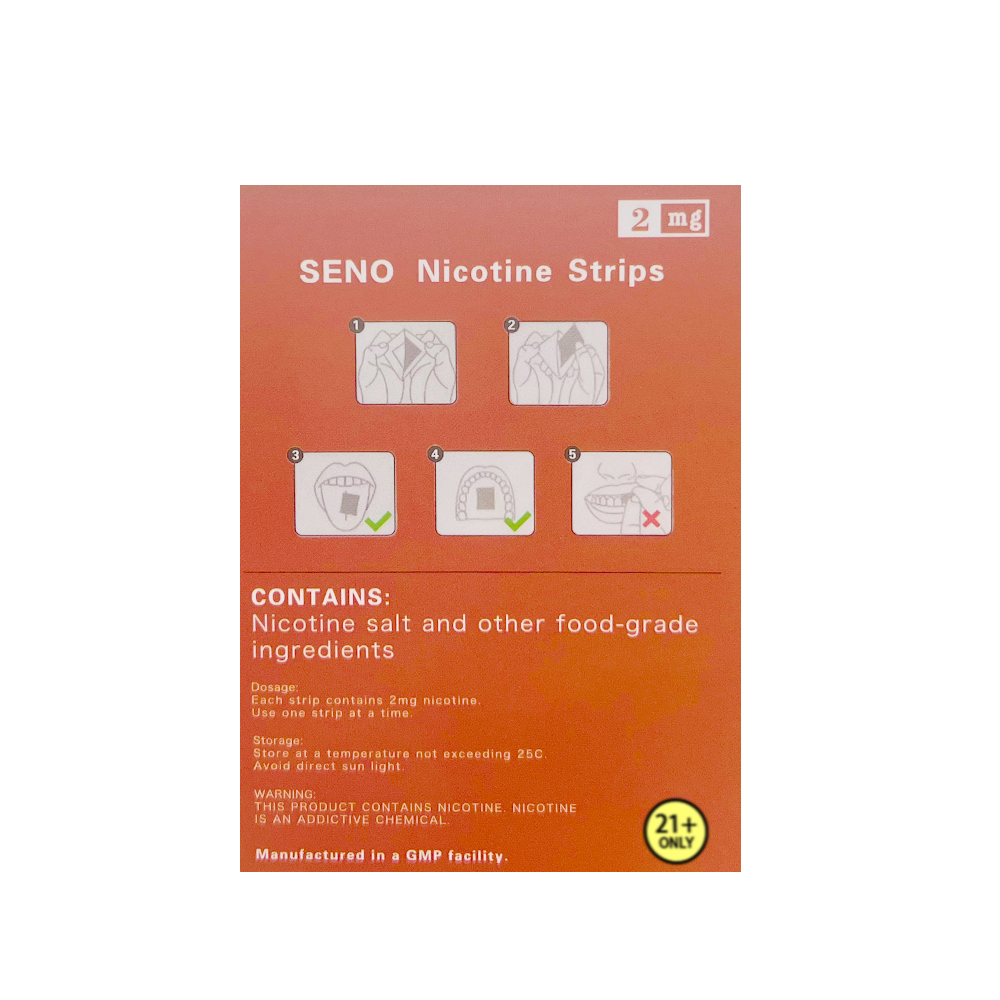Navigating the Skies: A Comprehensive Guide to Airplane Toiletries Regulations
3 min readTraveling by air can be an exhilarating experience, but it often comes with its own set of challenges, particularly when it comes to packing toiletries. Understanding the rules for airplane toiletries is essential for a smooth journey, whether you're a frequent flyer or a first-time traveler. This article delves into the intricacies of these regulations, ensuring you’re well-prepared for your next flight.
The Basics of Airplane Toiletries Regulations
Airline regulations regarding toiletries primarily stem from security protocols established by aviation authorities worldwide. The most notable of these is the Transportation Security Administration (TSA) in the United States, which has set forth specific guidelines that travelers must adhere to when packing liquids, gels, and aerosols in their carry-on luggage.
- The 3-1-1 Rule Explained
At the heart of airplane toiletries regulations is the 3-1-1 rule, which is crucial for travelers to understand:
- 3. Each liquid, gel, or aerosol must be contained in a bottle that holds no more than 3.4 ounces (100 milliliters).
- 1. All containers must fit comfortably within a single quart-sized, clear, resealable plastic bag.
- 1. Each passenger is allowed only one such bag.
This rule applies to all liquids, including shampoo, conditioner, lotion, and even beverages. It’s important to note that exceptions exist for certain items, such as medications and baby formula, which may exceed the 3.4-ounce limit but must be declared at security checkpoints.
- Types of Toiletries and Their Regulations
Understanding the specific types of toiletries and their regulations can help you navigate the packing process more effectively:
- Liquids and Gels: As mentioned, these must adhere to the 3-1-1 rule. This category includes items like shampoo, conditioner, body wash, and liquid makeup.
- Aerosols: Items such as deodorants and hair sprays also fall under this category. Ensure they are within the size limit and packed in the quart-sized bag.
- Solid Toiletries: Solid items, such as bar soap, solid deodorant, and makeup sticks, are not subject to the 3-1-1 rule and can be packed in your carry-on without restriction.
- Medications: Prescription medications are exempt from the 3-1-1 rule but should be clearly labeled and declared at security. It’s advisable to carry a doctor’s note for any necessary medications.
- Personal Care Items: Items like toothpaste and mouthwash are considered liquids and must comply with the 3-1-1 rule. However, solid alternatives, such as toothpaste tablets, can be a great option for travelers.
Tips for Packing Toiletries for Air Travel
To ensure a hassle-free experience at the airport, consider the following packing tips:
- Invest in Travel-Sized Containers: Purchase reusable travel-sized containers that comply with the 3.4-ounce limit. This not only saves space but also reduces waste.
- Use Solid Alternatives: Whenever possible, opt for solid toiletries, such as shampoo bars and solid lotions, which are not subject to liquid restrictions.
- Organize Your Bag: Keep your quart-sized bag easily accessible in your carry-on. This will streamline the security process and reduce stress.
- Check Airline-Specific Regulations: Different airlines may have varying policies regarding toiletries, especially for international flights. Always check your airline’s guidelines before packing.
Conclusion: Be Prepared and Informed
Understanding the rules for airplane toiletries is crucial for any traveler looking to avoid delays and complications at security checkpoints. By adhering to the 3-1-1 rule and being mindful of the types of toiletries you pack, you can ensure a smoother travel experience. Remember, preparation is key—by packing wisely and staying informed about regulations, you can focus on what truly matters: enjoying your journey.


